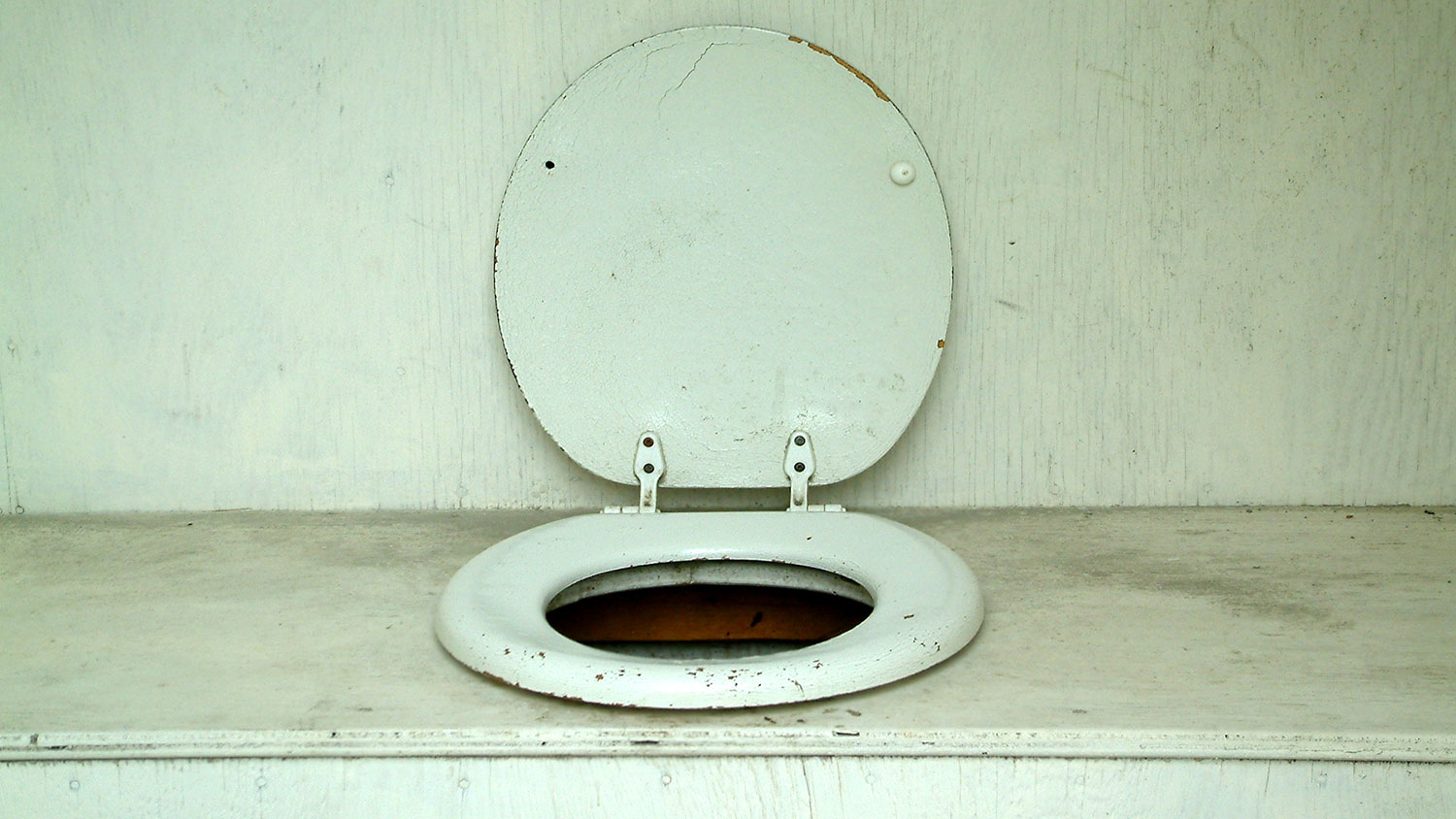Q. Since reading The Big Necessity by Rose George, I would love to see London’s Victorian water-reliant sewage system replaced by a composting system. What are the best models of composting toilets on the market (globally) that are suitable for an urban environment?
Olivia S.
London
A. Dearest Olivia,
Funny how when you say “composting toilet,” most people immediately think of remote cabins and wilderness outhouses – never swanky high-rises or charming brownstones. Which is a shame, because these loos can work their magic just as effectively in urban dwellings as they can in the back of beyond. It’s certainly still unusual to see a waterless toilet in the city, but I hope that will change – all it takes are concerned citizens like yourself getting on board.
Composting toilets, as regular readers may know, deal with nature’s call by breaking it down through microbial action rather than sending if off through the plumbing to a sewage plant. There’s a lot to love about them: With one, you no longer use 30 percent of your home’s treated, potable water to flush your unmentionables away, you reduce the water and energy required to treat sewage down at the plant, and you transform garden-variety poop into a rich fertilizer that can actually do some good in the (flower) garden. No wonder you’re sold on one, Olivia.
But which one will work best in a London flat (or Chicago bungalow, for that matter)? I can’t fully answer that without knowing what kind of house you live in and with how many people, what the local regulations are, how much you can spend on your bathroom revolution, and the results of your last urine test (just kidding about that last one). Your first step should be calling your local regulatory agency (start with the health department) to see what kind of codes you’re up against. In some places, homes are required to have at least one toilet connected to a sewer system; others want to approve your plan for disposing of the waste. Generally, building your own composting toilet system will require more legal wrangling than buying a ready-built one that already meets certain health standards.
Speaking of those ready-made models: There are two main types, and one is a lot easier for city folks to install. Self-contained composting toilets are all-in-one contraptions that place the waste collection “chamber” directly under the seat; a sliding door or tray grants access when it’s emptying time. They’re cheaper than centralized systems (read on for more on those), compact, and don’t require complicated pipe connections. Some types use electricity to run small venting fans and/or heating elements to help the composting process go smoothly and keep the bathroom smell-free. This option might be just the ticket for small spaces and/or existing city buildings (as opposed to new construction).
The downside, however, is that self-contained thrones require more maintenance. You’ll have to empty them more often, and that means their contents might not have time to fully break down before you need to deal with them – which can be a problem if you don’t have room (or hey, permission) for a dedicated compost pile out back to finish the job. City dwellers might find it easier to simply contract with a waste hauler to handle this part of the business. Toilets that funnel liquids into a separate container from solids can also help with this by speeding up the composting/drying process.
The second, more elaborate option is a centralized system that puts the collection chamber far from your bathroom – usually in the basement or outside – and connected to the toilet by a chute. These babies are larger and sometimes include multiple chambers, one for daily use and one for dedicated decomposition, so you don’t have to pay quite as much attention to each “batch” (surely one of the most unappetizing uses of a word I usually associate with cookies). Centralized composters typically have more bells and whistles, such as flushing systems that use small amounts of water or biodegradable foam, solar panels for extra heat, or automatic mixers for turning the compost.
These toilets are definitely the Cadillac of au natural water closets, but they’re more expensive and easier to set up in brand-new buildings. It’s not necessarily impossible to retrofit them into existing homes, but we’re looking at a much more extensive renovation.
If you’re ready to take the plunge – or more accurately, to take the plunger out of the bathroom forever – I recommend connecting with your local composting toilet aficionados through forums, neighborhood suppliers, or green building groups. What’s working for others in your area? Which brands seem to do particularly well? This review also features a handy chart comparing many of the commercial options on the market, and it should help get you into shopping mode.
Good luck with this process, Olivia. It probably won’t be easy flushing the status quo, but the more urbanites who demand this option, the less “weird” composting toilets will be. For now, consider yourself a pioneer, boldly venturing into a city of the future.
Waterlessly,
Umbra




